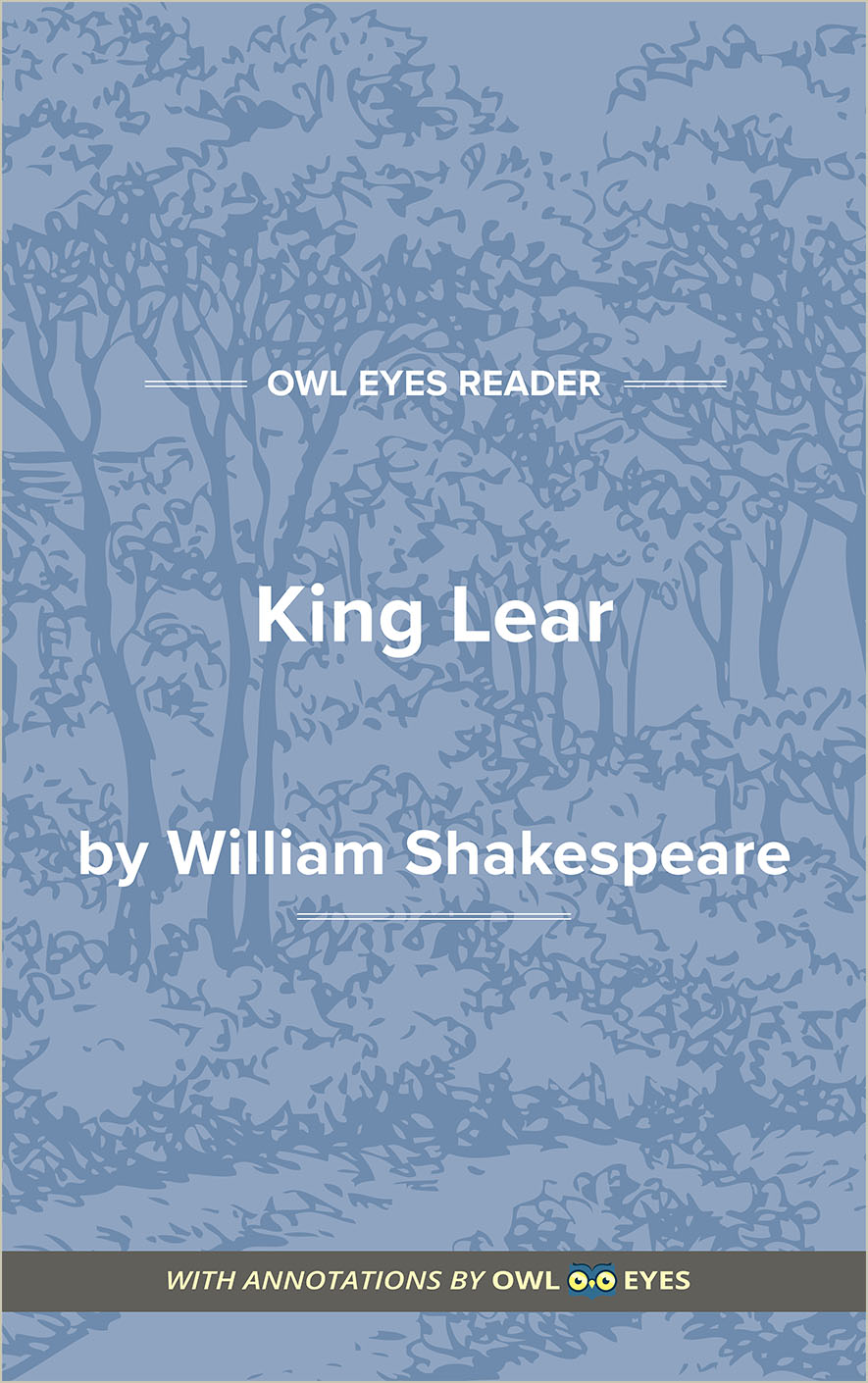Analysis Pages
Imagery in King Lear
Shakespeare uses imagery (writing that appeals to the senses) to complicate various themes of the play. One of the most notable examples of imagery in King Lear is imagery of the eyes in association with blindness and a lack of insight.
Imagery Examples in King Lear:
Act II - Scene I
🔒"O, madam, my old heart is cracked, it's cracked!..." See in text (Act II - Scene I)
Act III - Scene II
🔒"Blow, winds, and crack your cheeks! rage! blow!..." See in text (Act III - Scene II)
Act IV - Scene III
🔒"The holy water from her heavenly eyes,..." See in text (Act IV - Scene III)

